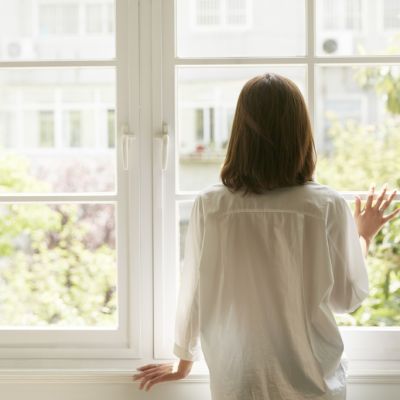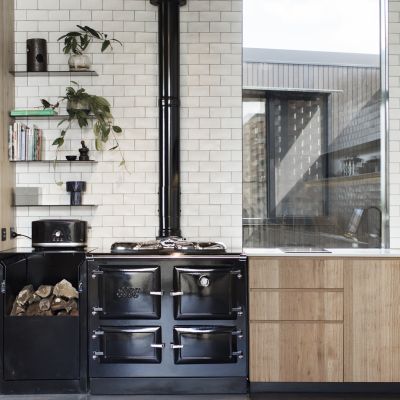5 jobs to do to get your home ready for winter
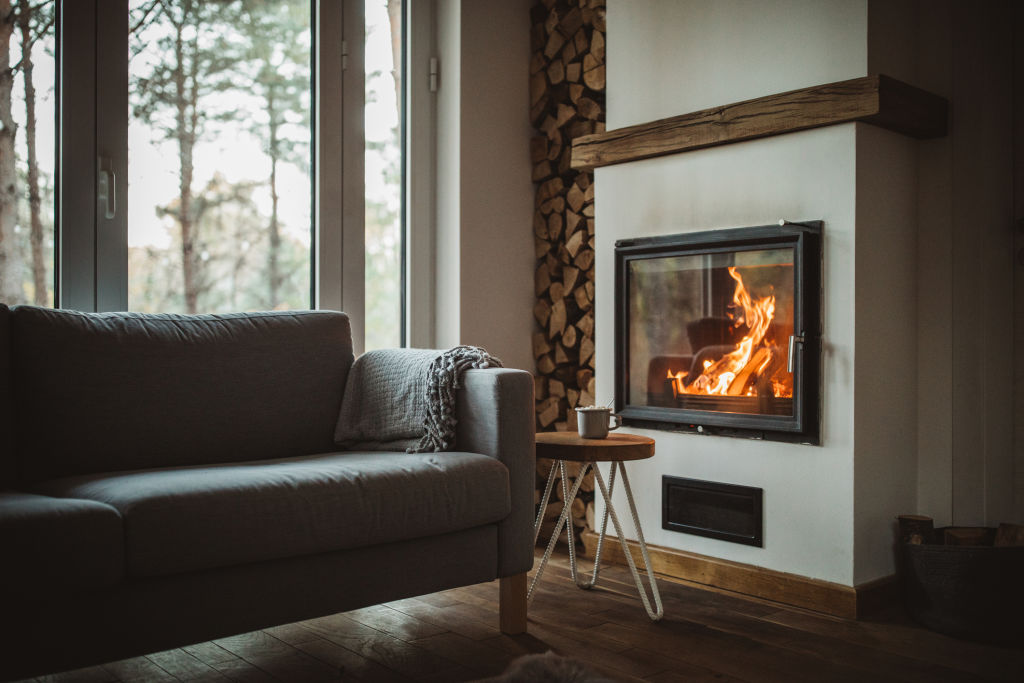
As the temperature drops, many of us start thinking about rotating our wardrobes and adding some heartier dishes to our cooking repertoire. But how do we ensure our living quarters are warm and weatherproof when winter rolls around?
1. Seal any draughts
Around a fifth to a quarter of a building’s heat is lost through air leaks, so draught-sealing is the low hanging fruit when it comes to improving the warmth of a home. Installing draught-stoppers on doors or using door snakes are two of the easier draught-stopping methods, but draughts can enter from a variety of gaps or openings in a building’s structure.
To keep your place airtight, Sydney “handyman” Tim Carter from Foreshore Projects and Maintenance also suggests filling the gaps between windows or doors and architraves with a DIY sealant from a supplier like Raven. He also recommends replacing old window putty in timber windows (something you may be able to do yourself – otherwise you can enlist a window glazier) and, if necessary, replacing three-millimetre-thick float glass with six-millimetre clear laminated glass.
Carter says that if your home has old-style air vents, these can be temporarily covered or even attractively rendered to help draughtproof (and soundproof) your home. Unused open fireplaces should be blocked to avoid losing heat through the chimney.
2. Encourage good airflow

While we want to protect the house from draughts and air leaks, a building also needs a reasonable amount of ventilation to avoid issues like mould and rising damp, as well as to prevent a dangerous build-up of carbon monoxide.
“Mould grows in damp conditions, obviously,” Carter says. “So, one of the simplest things [people can use] is a dehumidifier, which is something you can get yourself.”
Apart from using a dehumidifier, Carter’s other tips include occasionally cracking a window or opening a door when you’ve got the heater running, and rearranging heavy furniture every so often to improve airflow.
Carbon monoxide, which can contribute to a raft of health problems, can be found at higher levels in homes during the winter thanks to gas and wood heating. In addition to promoting airflow, you could install a carbon monoxide alarm or detector to help keep carbon monoxide levels at bay.
3. Check your heating system and smoke alarms
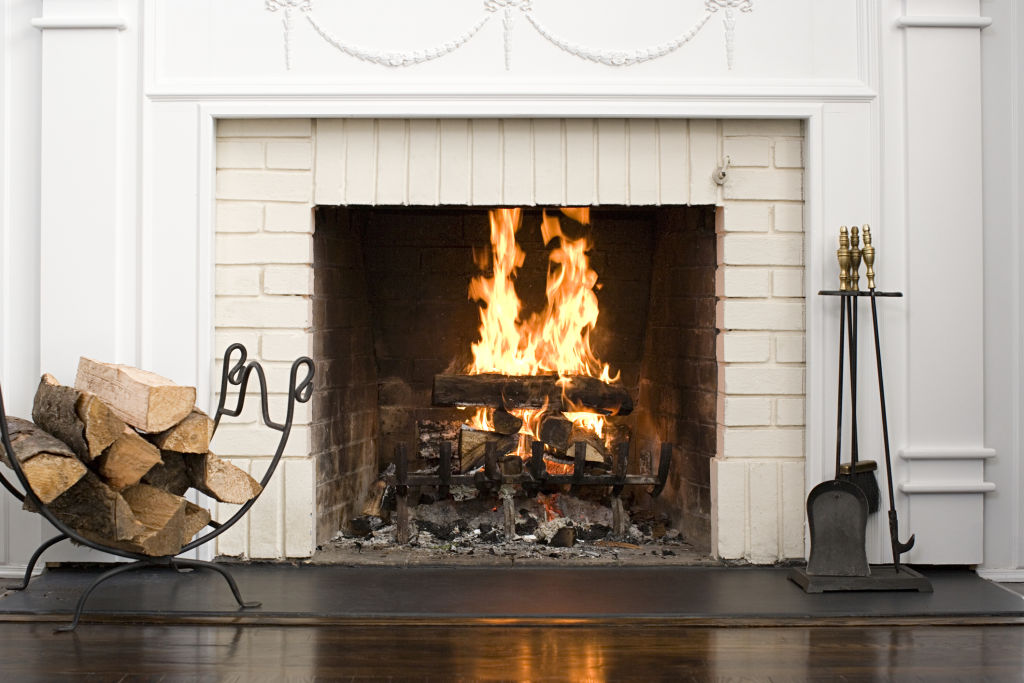
Naturally, you want to have your heating in good working order before the cold weather starts biting. Heating ducts should be cleaned often so they’re heating efficiently and not releasing dust and pollutants into the home – as should the filters in split systems.
“They really need to be cleaned pretty regularly,” Carter says. “You’d be surprised how dirty they get.”
He also suggests getting an airconditioner technician to conduct an airflow test to ensure your home is properly sealed, as any leaks will ultimately increase your energy bills.
If you’re lucky enough to have a wood heater, you’ll want to empty it of any leftover ash, check firebricks for any cracks (which will limit the fireplace’s heating capacity) and have the chimney professionally swept.
While you’re at it, you should check that your smoke alarms are in-date, fitted with batteries and working properly: house fires are more likely to occur in the winter due to increased heater use.
4. Hit the roof
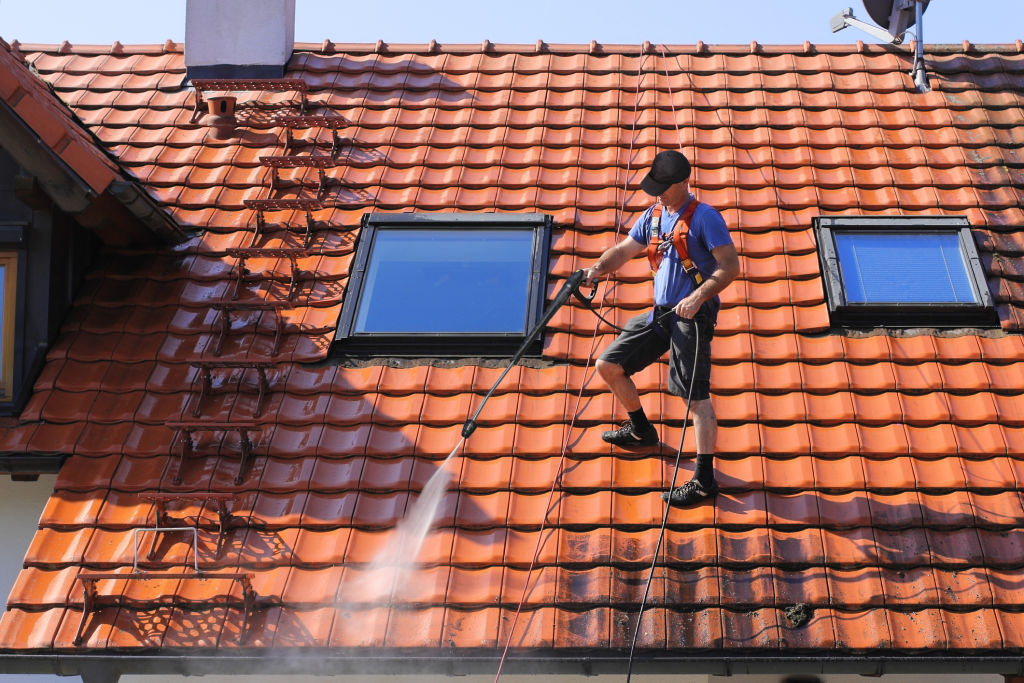
The roof plays a big role in weatherproofing a home. For starters, gutters should be cleaned of debris and downpipes checked to ensure rainwater can flow properly without getting trapped and contributing to dampness.
Downpipes, Carter explains, are often not installed correctly and can cause water to pool at the corners around the footing of your home, which keeps your property damp.
He adds that the ridge capping cement on roof tiles should be checked for cracks and repaired to ensure weatherproofing, and that roof tiles should be pressure-cleaned to remove mould and lichen.
“It allows the terracotta tiles to breathe a bit more, so the moisture will be moving out of your home a bit easier.”
Inside the roof space, roof sarking – the membrane that sits under roof tiles to help insulation work more effectively – might need replacing or repairing (a DIY or handyman job that involves using tape between sheets and patching broken areas) in order to protect your home from dust and draughts. Whirlybirds can also be installed on the roof to help with dampness and ventilation.
5. Suss the insulation situation

When it comes to keeping your home toasty and your energy bills down, insulation is your friend. Thick curtains and blinds are a simple way to help insulate your home and achieve thermal comfort, and proper insulation in your walls and ceiling is essential.
Carter says that homeowners with a subfloor can install insulation under the floor, which will help repel moisture as well as improve warmth. He adds that most homes already have insulation in the ceiling, but that it needs to be maintained.
“Insulation works by being nice and thick and fluffy and having lots of little air pockets, and over time dust slowly pushes that down,” he says. “So that is definitely something you could do to save money on heating. You can remove that yourself and put in new stuff, or something that a lot of people like to do is get their roof vacuumed.”
We recommend
We thought you might like
States
Capital Cities
Capital Cities - Rentals
Popular Areas
Allhomes
More
